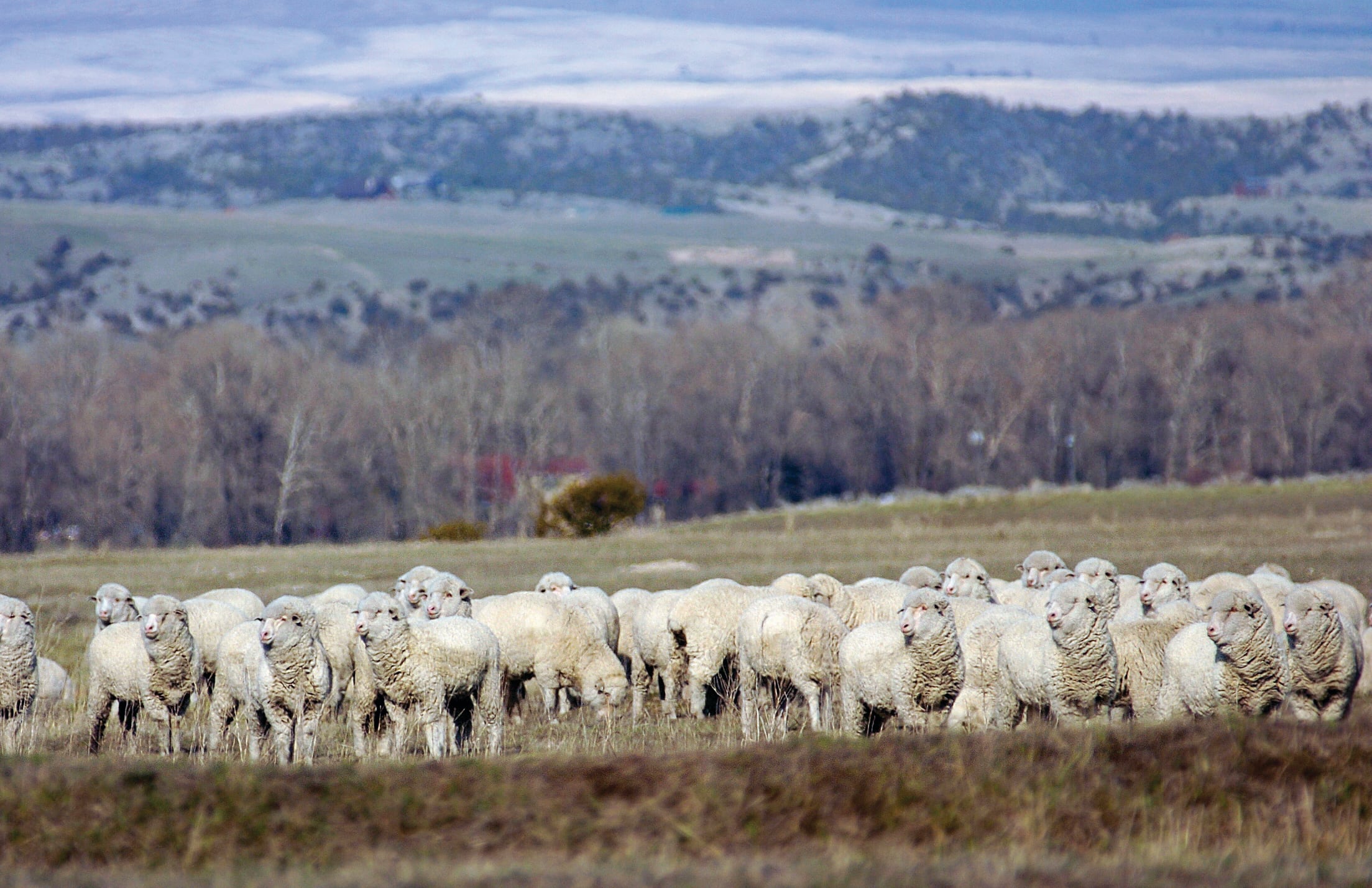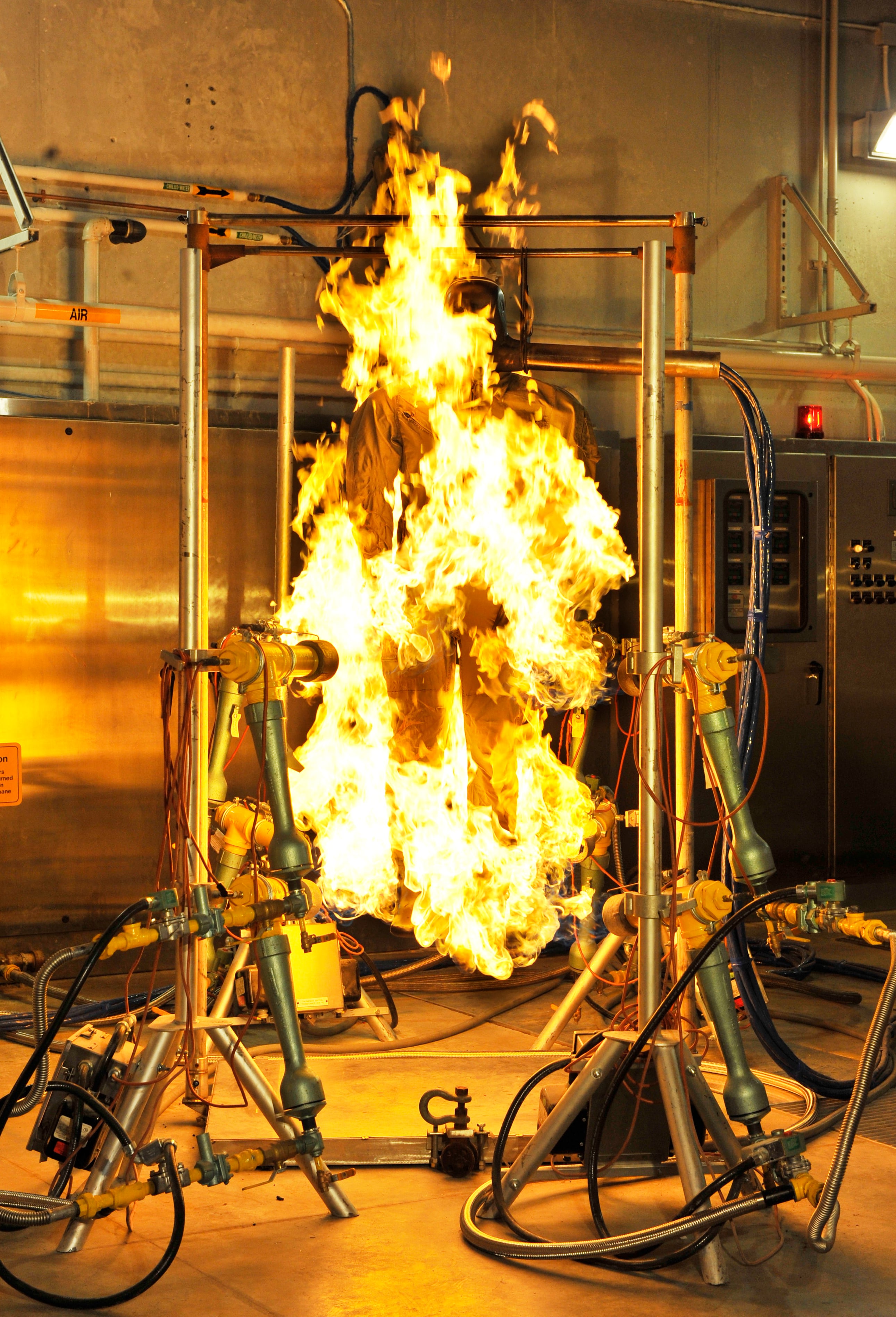Flame-resistant. Breathable. Moisture wicking. These words don't usually come to mind when thinking of wool, but Army researchers are hoping a wool-blend fabric that does all three will improve combat uniforms for troops.
The Army is looking for a flame-resistant combat uniform, and this prototype doesn't need a topical treatment to protect it from fire. The components of this fabric — 50 percent wool, 42 percent Nomex, 5 percent Kevlar and 3 percent P140 antistatic fiber — create flame protection without adding anything extra.
"That's the special synergy we discovered when we blended [wool and Nomex] together," said Carole Winterhalter, a textile technologist at the Army Natick Soldier Research, Development and Engineering Center in Massachusetts.
The blend worked so well that the Army put in and received a patent on the combination, she said.
When wool itself is exposed to intense heat, it doesn't melt or drip like many synthetic fibers, she said. Instead, it chars.
"Because of the use of [improvised explosive devices] and the burns they initiate on the battlefield, we wanted to come up with a suite of fabrics that are not only flame resistant but don't melt or drip like many synthetic fibers," Winterhalter said.
Although wool fell out of favor in recent years from the invention of such synthetic fibers, the kind used in these uniform prototypes isn't like your itchy wool sweater from childhood.
Winterhalter said it's from the Rambouillet sheep, which produces higher quality fibers. These sheep are fed a special diet that encourages very fine wool — the finer the wool, the softer and more flexible it is.
"We use it depending on where the wool will be worn," she said. "If it's something that's next to the skin, we use the finest wool there, and as you move out in the uniform, we can use fibers that are a little bit thicker."

Army researchers are developing a flame-resistant combat uniform using wool fibers produced by Rambouillet sheep, pictured here at the Helle Rambouillet sheep ranch in Southwest Montana.
Photo Credit: Courtesy of American Sheep Industry Association
The finer, more flexible fibers also utilize moisture management, which transports water away from the body. Another bonus: The Army uses a shrink-resistant treatment so you don't have to worry about not fitting into your uniform.
The prototype combat uniforms were tested during Exercise Combined Resolve VII in Germany from Aug. 26-Sept. 15. About 100 soldiers used the uniforms, and Winterhalter said even though the exercise took place in the summer heat, soldiers found the material to be "lightweight, breathable and comfortable."
"It was exactly the type of feedback we were hoping to hear," she said. "It's critical that we have genuine soldiers in the field who are doing some very critical exercises and training to get realistic wear."
Researchers at the center can perform a variety of tests on the uniforms, but soldiers are needed to decide if the uniforms are really up to snuff, she said.

A uniform undergoes burn testing at the Thermal Test Facility in Natick, Massachusetts. The flame-resistant combat uniform prototypes were subjected to the same testing.
Photo Credit: Army
Once all of the feedback is analyzed and consolidated, Winterhalter said improvements will be applied to the prototypes, and a longer, broader field evaluation will take place.
Winterhalter said wool, which is produced domestically, was also chosen because it fits under the guidelines of the Berry Amendment. The amendment, which was made permanent in 1994, restricts the Defense Department from using funds for textiles produced outside of the United States.
Charlsy Panzino covers the Guard and Reserve, training, technology, operations and features for Army Times and Air Force Times. Email her at cpanzino@militarytimes.com.
Charlsy is a Reporter and Engagement Manager for Military Times. Email her at cpanzino@militarytimes.com.




